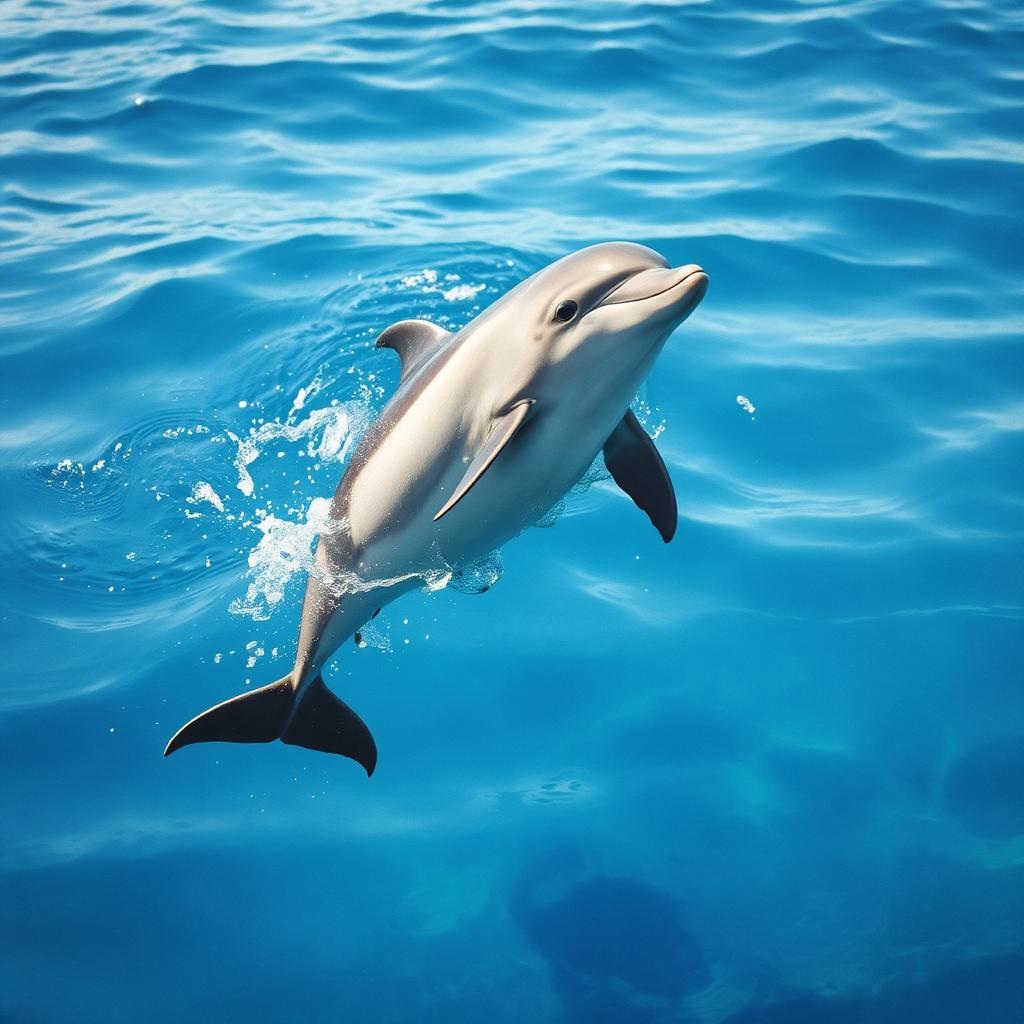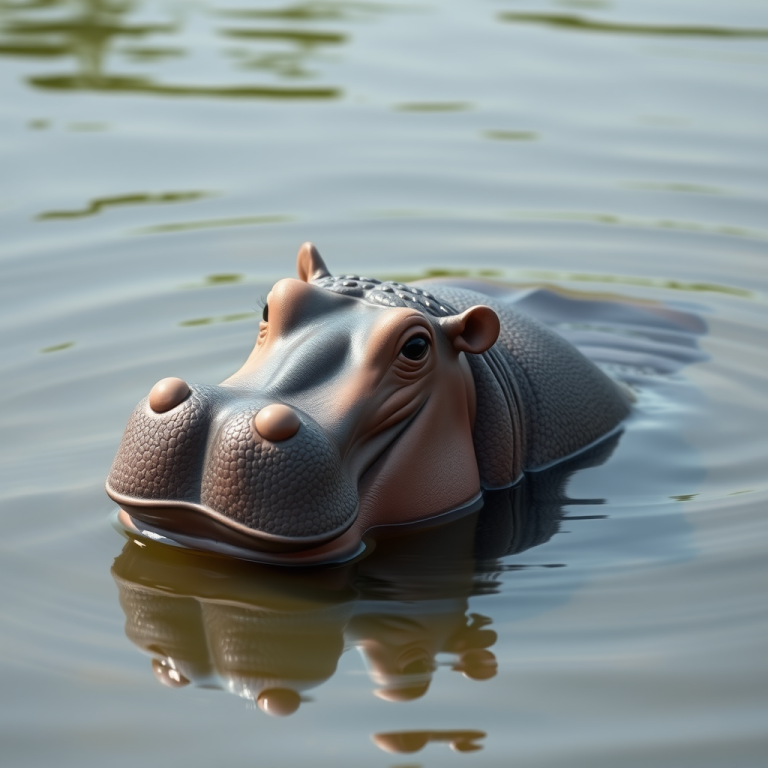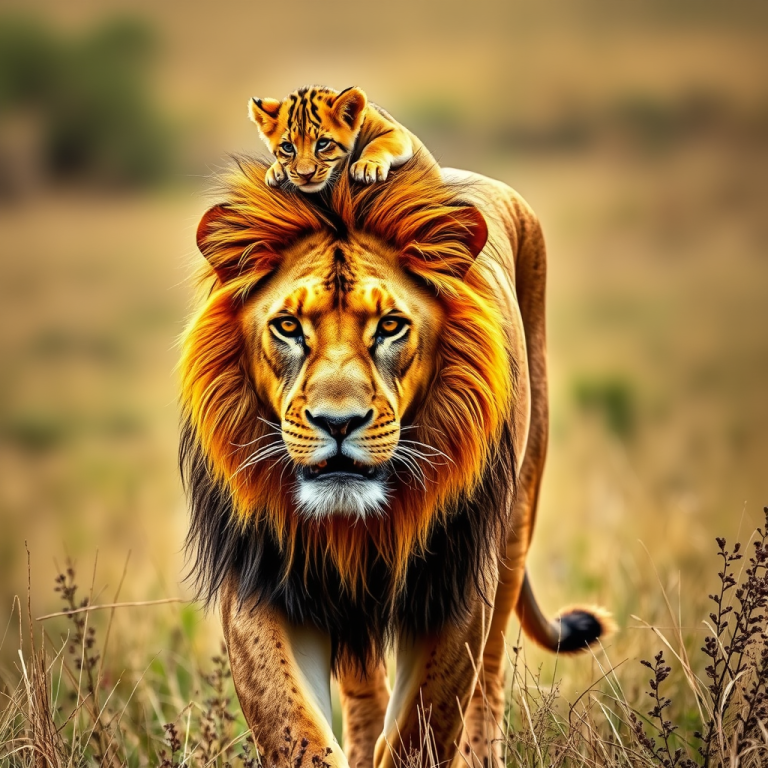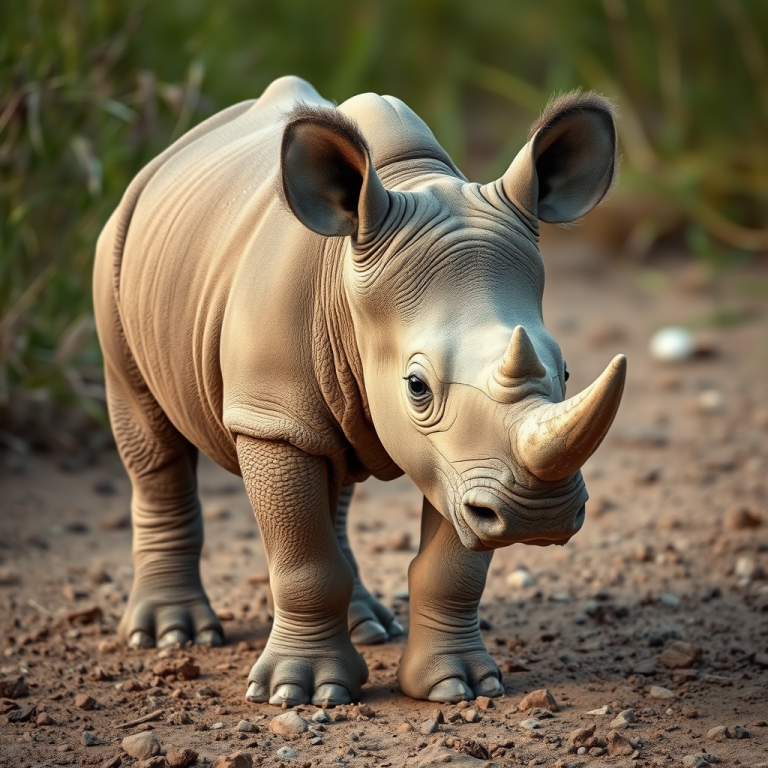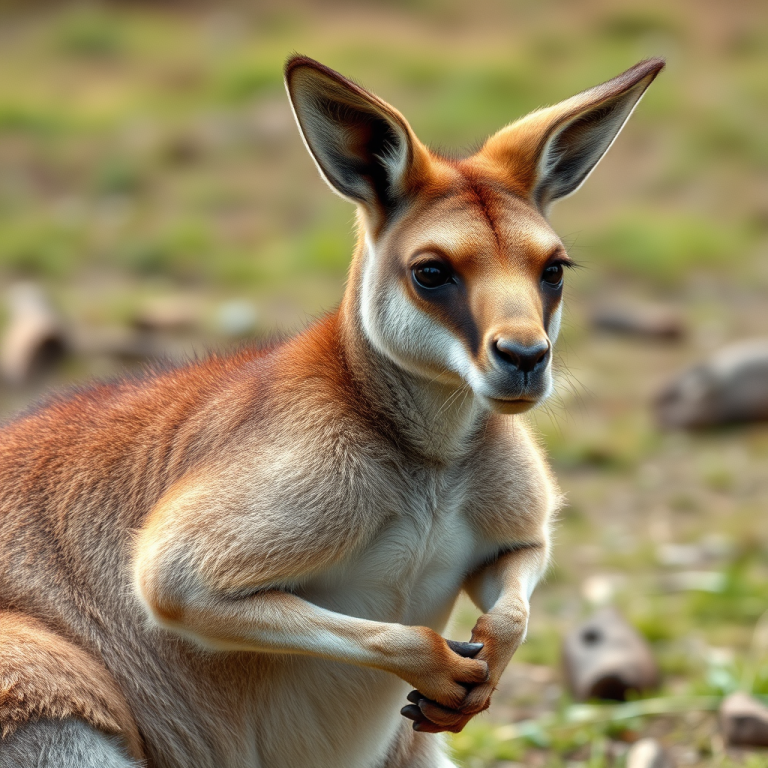Incredible Facts About Dolphins: What You Probably Don’t Know
Dolphins are some of the most beloved and intelligent creatures in the ocean. Known for their playful behavior, acrobatics, and friendly demeanor, dolphins continue to surprise us with their extraordinary abilities. While many people are familiar with their social nature and playful antics, there are countless aspects of dolphin behavior and biology that remain lesser-known. Let’s dive into some incredible facts about dolphins that may just leave you in awe.
1. Dolphins Have Names for Each Other
Just like humans, dolphins are known to give each other unique “names.” These names are specific whistles that dolphins use to identify each other within their social groups. When a dolphin hears its specific whistle, it knows that it’s being addressed, similar to how we respond to our names. This ability to recognize individual sounds is part of their complex communication system.
2. They Can Recognize Themselves in Mirrors
Dolphins are one of the few animals, alongside humans, great apes, and elephants, known to pass the “mirror test,” which tests an animal’s ability to recognize itself. Dolphins have shown the ability to understand that their reflection in a mirror is, in fact, themselves. This self-awareness is an indicator of a higher level of cognitive function and intelligence.
3. Dolphins Sleep with One Eye Open
Dolphins are voluntary breathers, meaning they must consciously come to the surface to breathe. To ensure they continue to get the rest they need, dolphins have developed a unique sleep pattern: they sleep with one hemisphere of their brain at a time. This is known as unihemispheric slow-wave sleep (USWS). While one half of the brain sleeps, the other half stays alert, allowing the dolphin to maintain basic bodily functions like swimming, breathing, and staying aware of its surroundings.
4. They Use Tools
While humans are often credited with the invention of tools, dolphins have also demonstrated the ability to use tools in their daily lives. Some species of dolphins, such as the bottlenose dolphin, use marine sponges to protect their rostrums (snouts) while foraging on the ocean floor. This behavior helps them avoid sharp objects or rough textures on the sea bed. Dolphins have also been seen using seaweed as a form of play or even a potential tool for communication.
5. Dolphins Have Their Own “Culture”
Dolphins exhibit cultural behaviors, meaning different groups of dolphins have developed unique behaviors that are passed down through generations. For example, certain pods of dolphins have been observed using specific hunting techniques or vocalizations that are not shared with other pods, indicating a form of culture unique to each group. This cultural diversity is a remarkable indicator of their complex social structures and intelligence.
6. They Can “Speak” to Other Species
Dolphins can communicate not only with other dolphins but also with different species. They have been known to communicate with humans, other marine mammals, and even other animals. Dolphins can understand certain human-created commands and have been trained to assist in various tasks, such as search-and-rescue missions. This ability to interact with different species demonstrates their social flexibility and problem-solving skills.
7. Dolphins Can Feel Empathy
Dolphins are one of the few non-human animals that display clear signs of empathy. There have been documented cases where dolphins have assisted injured or sick companions, even lifting them to the surface so they can breathe. Dolphins have also been seen protecting other marine animals, such as whales, from predators. This level of empathy and concern for others within their social groups is a testament to their complex emotional range.
8. They Can Hold Grudges
Dolphins are known for their friendly and playful nature, but they also have a darker side. Dolphins have been observed holding grudges against individuals who have wronged them. In some cases, a dolphin will target and repeatedly attack a particular member of its group after a conflict, showing that they are capable of long-term social memory and even retribution.
9. Dolphins Can Live for Decades
While many people are familiar with dolphins’ relatively long lifespans, few realize that some species can live for over 40 years in the wild. The bottlenose dolphin, one of the most well-known species, typically lives between 20 and 30 years, but there have been cases of dolphins living up to 50 years in captivity. Their longevity and ability to form lifelong social bonds are key factors in their success as a species.
10. They Have a Complex System of Communication
Dolphins have one of the most advanced communication systems in the animal kingdom. Their vocalizations are incredibly varied, including clicks, whistles, and pulsed sounds. Each dolphin’s whistle is unique, which helps them identify each other within their pods. They also use body language, such as leaping out of the water, slapping their tails, or rubbing their bodies together, to communicate emotions and intentions.
11. Dolphins Are Fast Swimmers
Dolphins are incredibly fast swimmers, capable of reaching speeds up to 37 miles per hour (60 kilometers per hour). This incredible speed allows them to escape predators, chase prey, or simply play in the waves. Their streamlined bodies, powerful tails, and high energy levels make them some of the fastest creatures in the ocean.
12. Dolphins Can “See” With Sound
Dolphins use echolocation, a sophisticated sonar system, to navigate and hunt in murky waters where vision is limited. By emitting high-frequency sound waves, they can “see” the environment around them by interpreting the returning echoes. This ability helps them detect objects, prey, and even other animals from great distances, making them highly skilled hunters.
If you’re curious about the wonders of wildlife, stick around—there’s a whole world to explore at Wonder of Wild.
